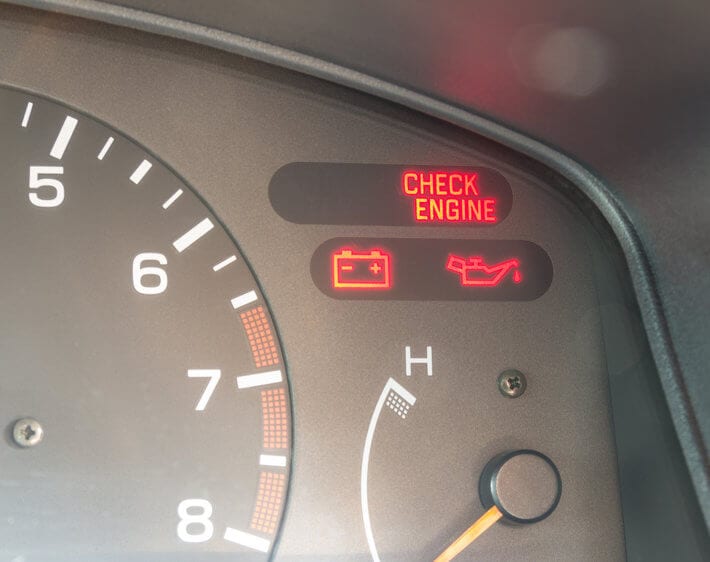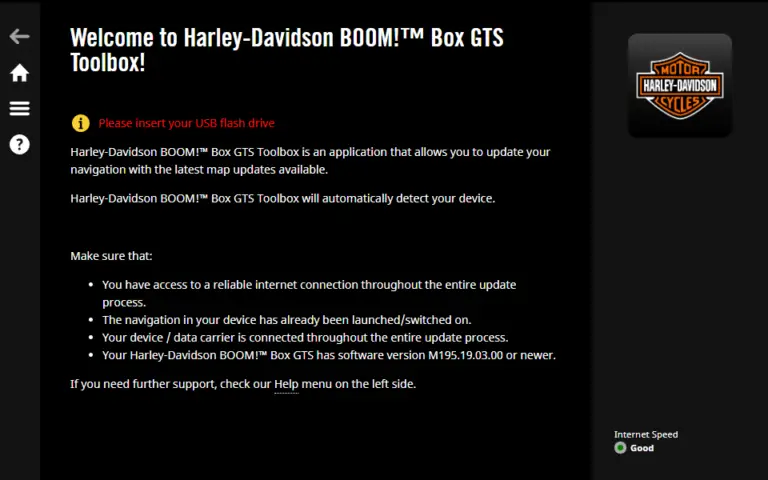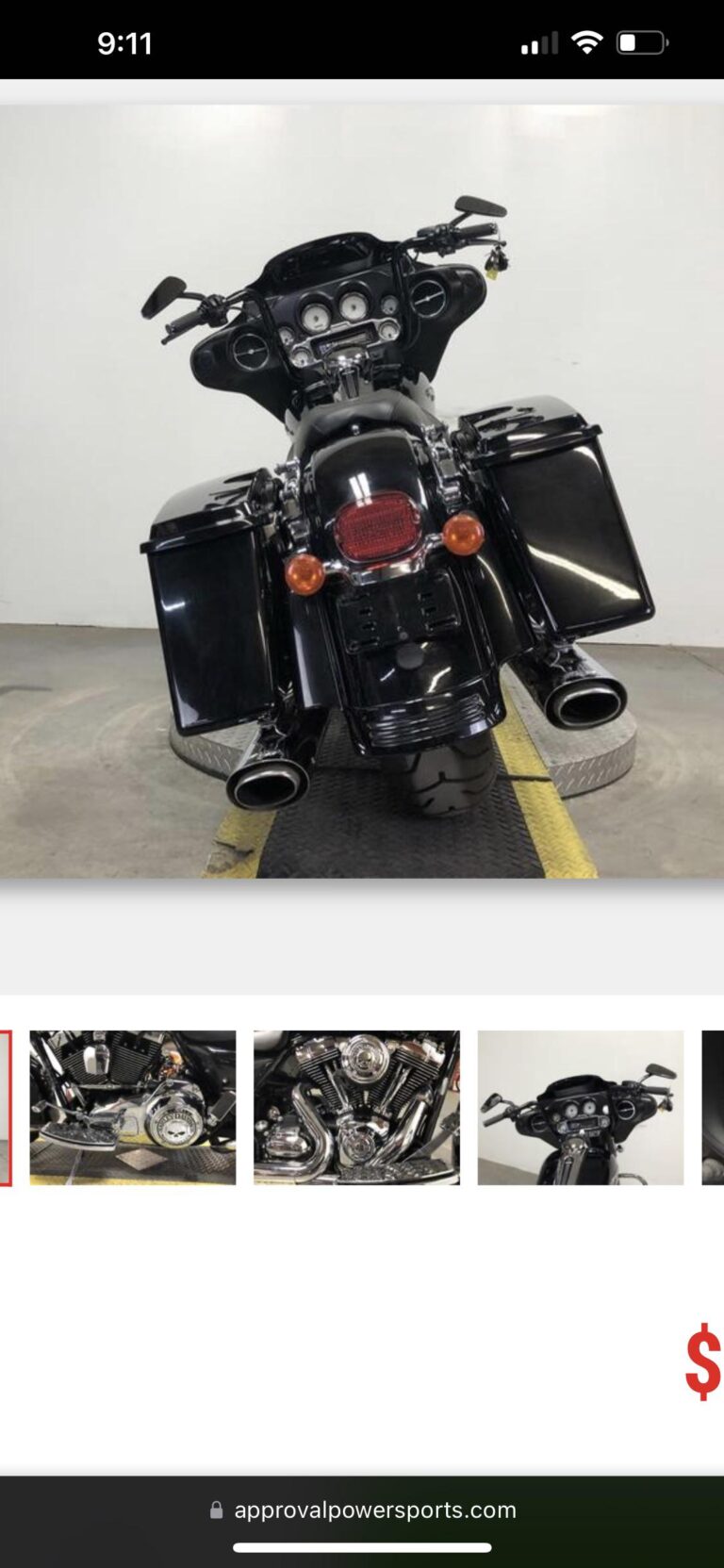If both the check engine and battery lights turn on, it typically indicates a charging system issue. Immediate attention is required to avoid potential vehicle damage.
Experiencing both the check engine light and the battery light on your dashboard can be unsettling, signaling trouble within your car’s electrical system or the engine itself. These warning lights are vital indicators designed to alert drivers to a variety of potential issues ranging from a loose gas cap to more severe engine or battery malfunctions.
Acting quickly can prevent further problems, save money on repairs, and ensure your safety on the road. Addressing these alerts often involves diagnostics to pinpoint the exact cause, as they can result from alternator failure, faulty wiring, or a depleted battery. Regular maintenance checks help prevent such occurrences, keeping these essential vehicle components in optimal condition. Remember, understanding the urgency of dashboard warnings empowers drivers to maintain their vehicles effectively, averting unwelcome surprises while driving.
Understanding Dashboard Warning Lights
Dashboard warning lights are vital indicators that display the health of your vehicle. Common vehicle warning lights include the oil pressure light, brake system light, and airbag light, to name a few. Each one alerts you to different car issues.
The Check Engine Light signals a variety of problems, from a loose gas cap to a faulty oxygen sensor. It shows up as an engine-shaped icon and can either blink or remain steady. A blinking light means you should address the issue immediately.
On the other hand, the Battery Light appears as a battery symbol on the dashboard. It usually lights up when there’s a problem with your car’s charging system. It suggests the battery isn’t receiving enough charge, possibly due to a failing alternator or a loose belt.
Ignoring warning lights can lead to costly breakdowns or even safety hazards. Always consult a professional mechanic to diagnose and fix issues indicated by your car’s dashboard warning lights.

Credit: www.firestonecompleteautocare.com
Diagnosing Concurrent Check Engine And Battery Lights
A malfunctioning alternator can trigger the lights. A failing alternator belt affects battery charging. Corroded battery terminals lead to poor connections. Electrical system faults bring issues that illuminate both lights. Keep an eye on the battery’s age; it may be due for replacement.
- Check the battery’s voltage with a multimeter.
- Analyze alternator output to ensure proper charging.
- Inspect belts for wear and proper tension.
- Look for visible corrosion on battery terminals.
- Consider using an OBD-II scanner for engine codes.
Vehicle diagnostics should be precise. Mechanics have advanced tools for thorough inspection. They ensure quick detection of issues. Visit a certified auto repair shop for expert help. Trust professionals to resolve complex electrical problems.
Troubleshooting And Solutions
Identifying the cause of your check engine and battery lights can be challenging. Quick checks might save you time and money. Ensure your car battery terminals are tight and free of corrosion. Loose wires can cause both lights to turn on.
Cleaning terminals may restore power balance, resolving minor issues. Try this to fix the problem. If not, testing the battery with a multimeter helps. Look for readings above 12.4 volts for a good battery condition.
Alternator health is key in charging your car’s battery. A failing alternator often turns on the battery light. Listen for strange noises or check for a battery charge while the car runs. This indicates alternator status.
For major issues, mechanics can run advanced diagnostics. This locates the problem. Car engine and electrical system repairs can vary in cost. Some fixes might be simple whereas others could be expensive.

Credit: m.youtube.com
Maintenance And Prevention
Maintaining your vehicle is crucial for its performance and longevity. Adhering to a regular maintenance schedule is essential. This prevents sudden engine or battery light warnings. Consistent check-ups include oil changes, brake inspections, and tire rotations.
To spot issues early, use advanced detection tools. Tools like OBD2 scanners read car trouble codes. This helps owners address problems before they worsen. Consistent monitoring can save both time and money.
Reduce vehicle strain through smart lifestyle choices. Carpooling eases engine load. Avoiding aggressive driving extends car life. Properly storing your vehicle also minimizes unnecessary wear and tear.
Navigating The Aftermath
Seeing both the check engine light and battery light on can be daunting. Immediate attention may prevent costly repairs. It’s critical to quickly consult a certified mechanic. They can diagnose the issue and prevent further damage.
Repair costs can vary widely based on the problem’s complexity. Some vehicles come with a warranty. This warranty might cover the full cost of repairs. Check your vehicle’s warranty terms carefully. Insurance policies differ in coverage. Some might assist with these costs. Review your policy or speak with your agent.
The long-term performance of your vehicle is important. A sudden light indication should not be ignored. These lights can signal serious issues. Left unchecked, they may lead to more damage. Fixing issues early helps maintain vehicle longevity and performance.

Credit: www.reddit.com
Frequently Asked Questions On Check Engine Light And Battery Light On
What Does It Mean When Engine Light And Battery Light Come On?
The engine light and battery light illuminating simultaneously often indicate an electrical system issue, possibly a failing alternator or a problem with the car’s charging system. It’s advisable to have a mechanic inspect your vehicle soon.
Can A Weak Battery Cause Check Engine Light To Come On?
Yes, a weak battery can trigger the check engine light due to insufficient voltage disrupting the car’s computer systems.
Can Alternator Cause Check Engine Light To Come On?
Yes, a faulty alternator can trigger the check engine light due to voltage irregularities that affect the vehicle’s electrical systems.
How Do You Tell If Its Your Battery Or Your Alternator?
To determine if the problem is your battery or alternator, start your car; if it starts but stalls quickly, the issue is likely your alternator. If the car won’t start and you hear a clicking sound, it’s probably the battery.
Conclusion
Understanding the importance of your vehicle’s warning lights is crucial for maintaining its health and safety. If both the check engine and battery lights have illuminated, it’s a signal to act promptly. Address these alerts by consulting with a professional mechanic to avoid potential complications.
Timely intervention can save you from costly repairs and ensure a smooth, reliable ride. Remember, your car’s communication through these lights is a tool to keep both you and your vehicle on the road safely.





